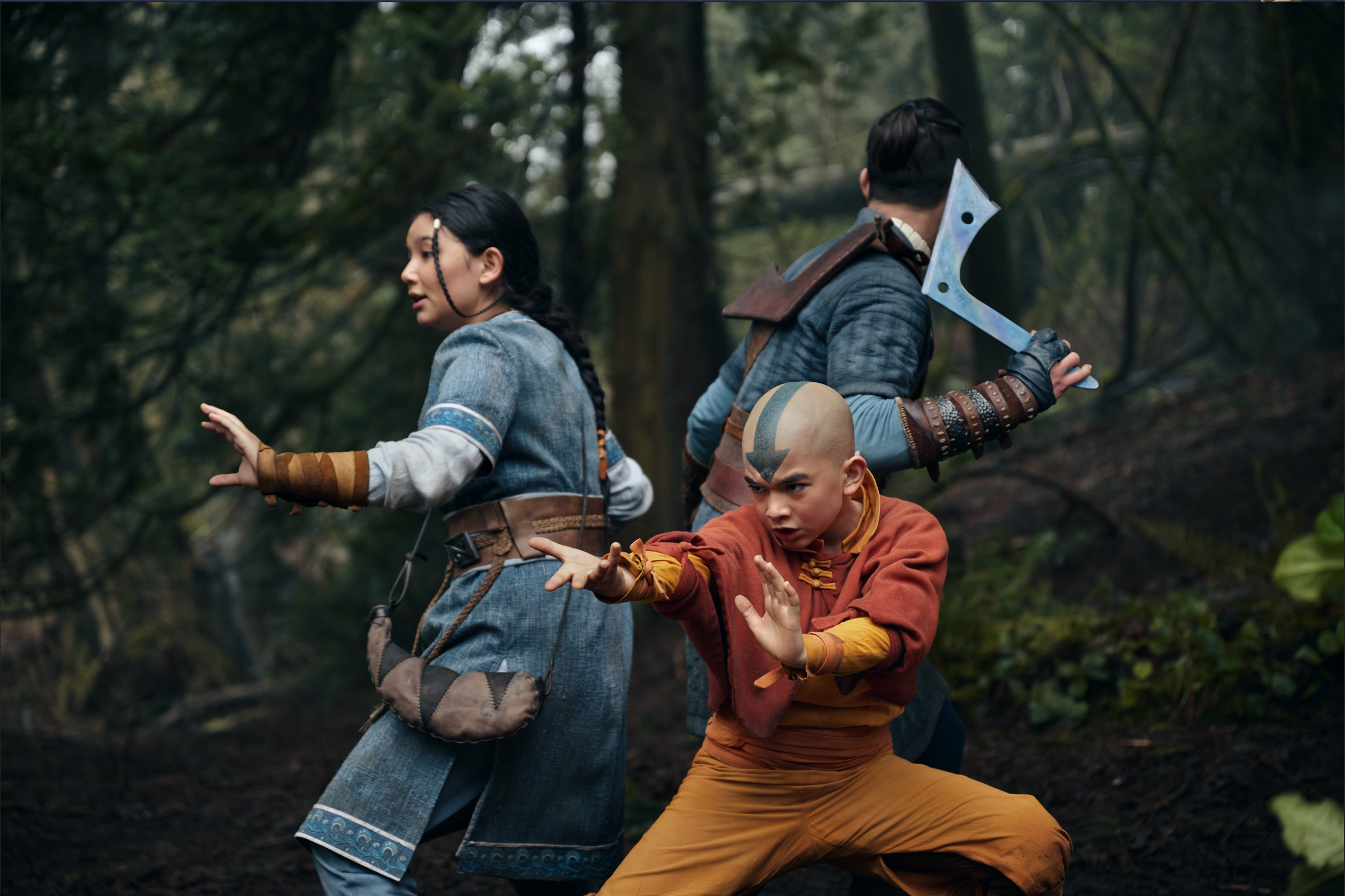Table of Contents Show
Avatar: The Last Airbender (2005-2008) is one of the most beloved animated series; it stood apart from other cartoon series airing at the time on Nickelodeon. For its unique art style that drew inspiration from anime combined with Western cartoon styles, the careful attention to world-building, the mature themes presented in a palatable way, the storytelling, and character development; Avatar: The Last Airbender has withstood the test of time even sixteen years later. It is no surprise that the series would be chosen for a live-action adaptation.
Netflix has taken on the challenge to adapt the beloved cartoon in the hopes of appealing to older audiences that have grown up with the show and drawing in newer audiences. With the success of Netflix’s live-action One Piece (2023) breaking the “live-action curse” on animated series as well as a seemingly perfect cast, there were high hopes for Netflix to have another success on their hands. However, with news of Avatar: The Last Airbender creators Michael Dante DiMartino and Bryan Konietzko leaving production of the live-action due to creative differences, fans were understandably hesitant about the quality of the show.
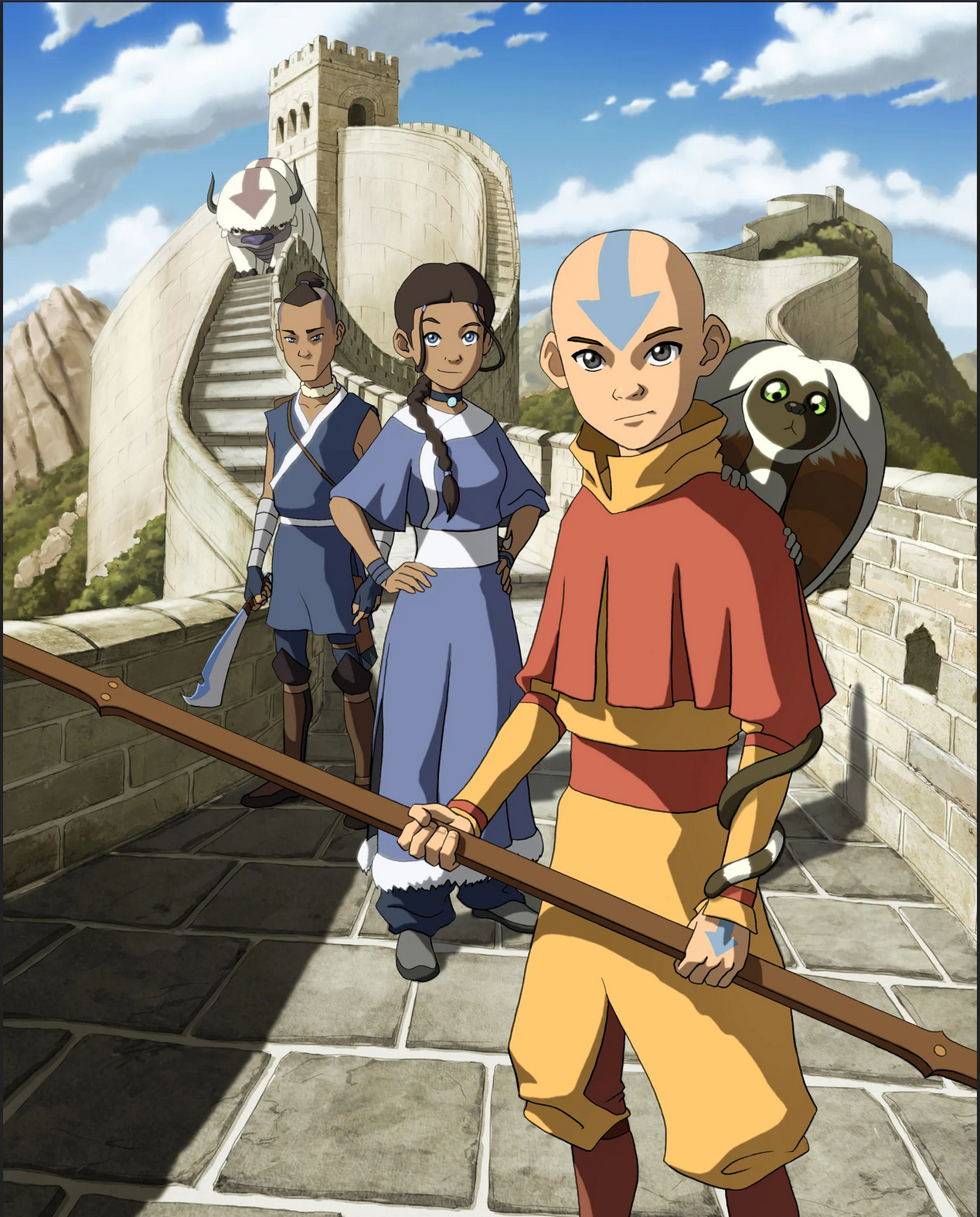
Now that Netflix has released the live-action adaptation of Avatar: The Last Airbender (2024-), there is the question of whether it holds up to the original. Some viewers would argue that the live-action should be judged on its own since it’s impossible to have a perfect, one-to-one adaptation of a cartoon. However, this is not an original story that Netflix is attempting to tell. This is an established, critically acclaimed, award-winning cartoon show that Netflix is adapting. As such, it has taken on the responsibility and difficult task of being faithful to the source material and while it earns points for even trying, it will be subject to criticism and analysis in this regard.
Avatar: The Last Airbender Has A Solid Live Action Cast
Most of the work in bringing a character to life lies with the actor. For the live-action Avatar: The Last Airbender, the main group as well as the side characters were very well cast. Having age-appropriate actors play these roles was a good move on Netflix’s part since it shows that they care about attention to detail. One of the main points that is brought up in both the live-action and cartoon is that our protagonists are just kids trying to navigate a war-torn world. There is believable naivety, childishness, and playfulness with Gordon Cormier, Kiawentiio, and Ian Ousley who play Aang, Katara, and Sokka respectively.
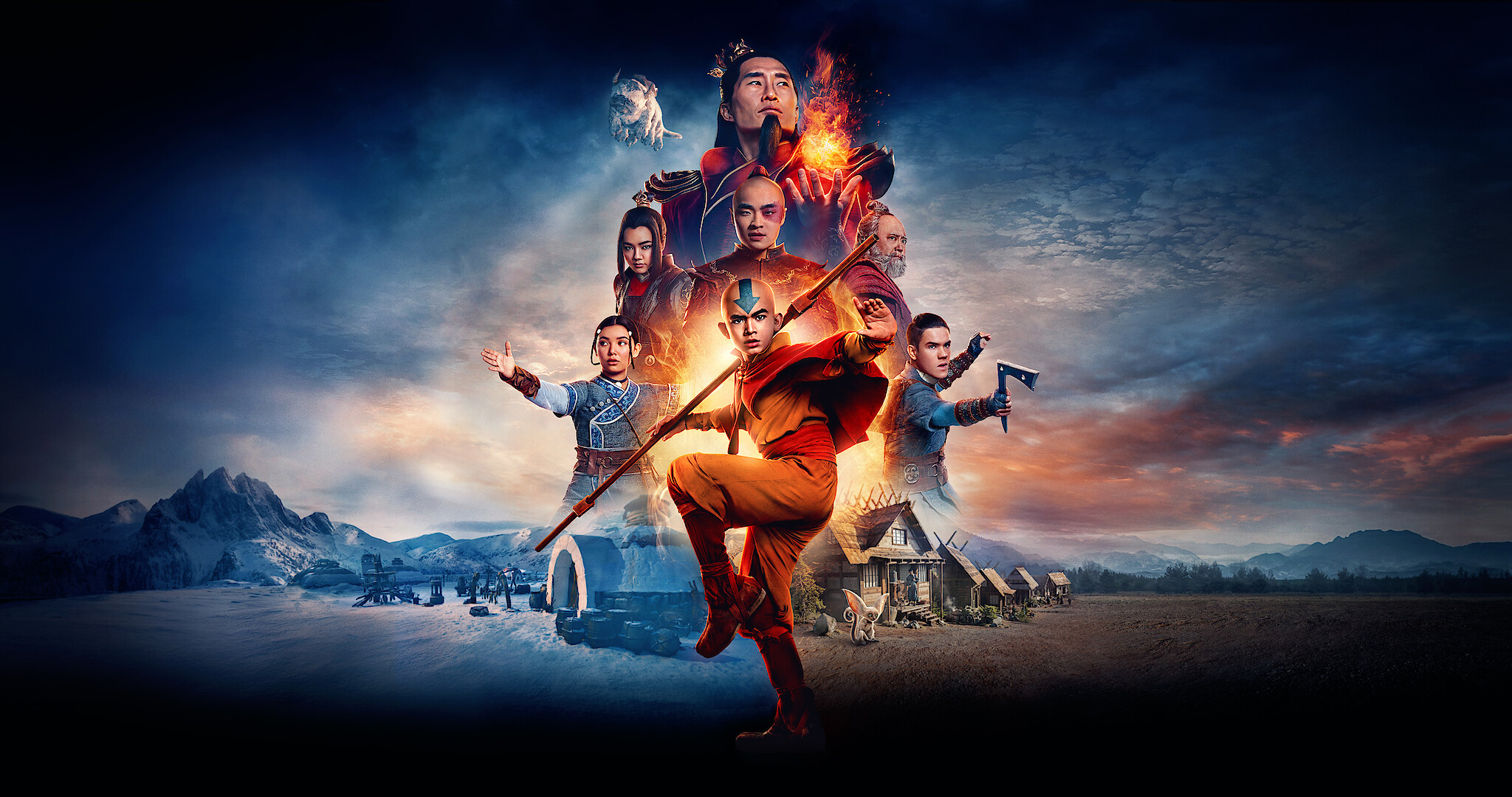
The actors for Fire Nation characters shine through, especially Dallas Liu and Daniel Dae Kim who play Prince Zuko and Fire Lord Ozai respectively. Liu captures the complexity of Zuko’s character in his harsh moments when he yells at his crew, his fierce side when he fights and his kinder side when he connects with Iroh. Kim has a presence in every scene he is in and brings out Ozai’s cruelty and cunning. The costuming for everyone is faithful to the original Avatar: The Last Airbender and represents the cultural inspirations that were used for the four nations and this helped make the characters that much more identifiable.
The Visual Effects Brought The World To Life
The live-action does an excellent job of bringing the Avatar: The Last Airbender world to life. The visuals are stunning at each location, from the Southern Air Temple to Wolf Cove for the Southern Water Tribe, and especially Omashu. Each location felt alive and lived in as if there were a real community. With vibrant colors and lively background activity, visually the live-action sets itself apart from the grittier, darker live-action fantasy shows such as The Witcher (2019-present) and Game of Thrones (2011-2019). It doesn’t shy away from the colorfulness of the cartoon and instead embraces it in order to paint its world.
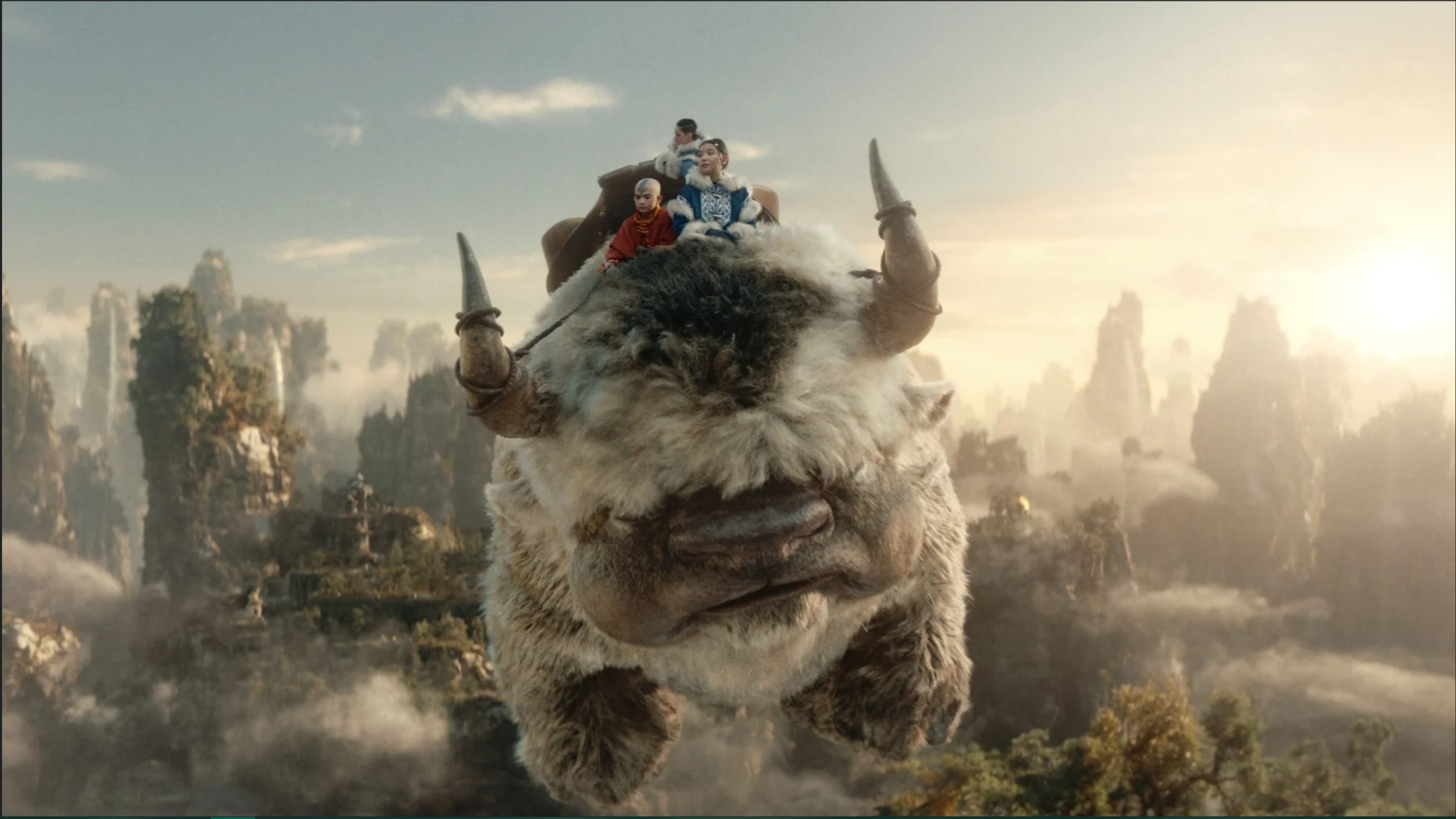
It’s obvious that special attention was placed on the bending. In the original cartoon, all the bending styles were based on a form of existing martial arts. Airbending is Baguazhang, waterbending is Tai Chi, earthbending is Hung Gar Kuen, and firebending is Northern Shaolin kung fu. Sifu Kisu was the one who developed the choreography and fighting styles for the original cartoon. 1Pollacco, Laura. ‘Avatar: the Last Airbender’: The Real Life Martial Arts Styles in Each Bending Style. The Mary Sue. 2024, February, 6.
The live-action Avatar: The Last Airbender followed suit and had the cast train in the same techniques at a six-week boot camp, making the end result look well-choreographed and accurate to the original cartoon. Plus, the visual effects of the elements look fluid and natural.
The Live-Action Mishandled Crucial Character Development
The fundamental traits of each character are firmly established in the first episode of the original Avatar: The Last Airbender; it is clear what kind of people Katara, Sokka, Aang, and Zuko are. Katara has a temper and is expressive with her anger, but she is also caring, motherly, and always willing to stand up against injustice. Sokka is sarcastic, protective of the people he cares about, and is a warrior and an inventor. Aang is goofy, childish, fun-loving, creative and quick-thinking. Aang will always look for the least violent solution. Zuko is hot-tempered, impatient, and driven but also willing to listen to reason.

Throughout season 1, the characters go through their own individual growths. Katara learns to control her anger and emotions which in turn helps her become a better waterbender. Sokka comes into his own as a leader and displays his skills in being able to analyze a situation and plan strategies for the best outcome. He also gradually becomes a better fighter.
Aang gradually comes to terms with the guilt he has from running away 100 years prior to the events of the series and his guilt morphs into a drive to do better and help the people in the present. He starts off not knowing how to do his job as the Avatar, but he steadily learns and starts taking more responsibility for his actions.
Zuko grapples with doing what he believes his father would want and being the man that his uncle knows he can be and the end of the season leaves his future unclear. The live-action Avatar: The Last Airbender manages to portray Zuko’s story arc fairly well. Where it falls short is in the characterization of the main trio.
Aang Doesn’t Go Penguin Sledding
Aang’s iconic first lines in the original Avatar: The Last Airbender were, “Will you go penguin sledding with me?” This and every moment after establishes him as a fun-loving, goofy kid who just so happens to be the most powerful bender of his time. That is the core of his character. By the end of episode two, it’s discovered that the reason he didn’t initially disclose he was the avatar was “because [he] never wanted to be” the avatar. This single line is so important to Aang’s character arc because it establishes that he needs a lot of growth before he can reach his full potential as the avatar.
Aang is a twelve-year-old kid who was told that he suddenly held the responsibility of saving the world and that he would need to be sent away from his family in order to become this powerful savior. His response was to impulsively run away from this responsibility. This action is why Aang harbors so much guilt over not being there when the war started when his people were killed, because he ran away from it all. And yet the live-action took this away.
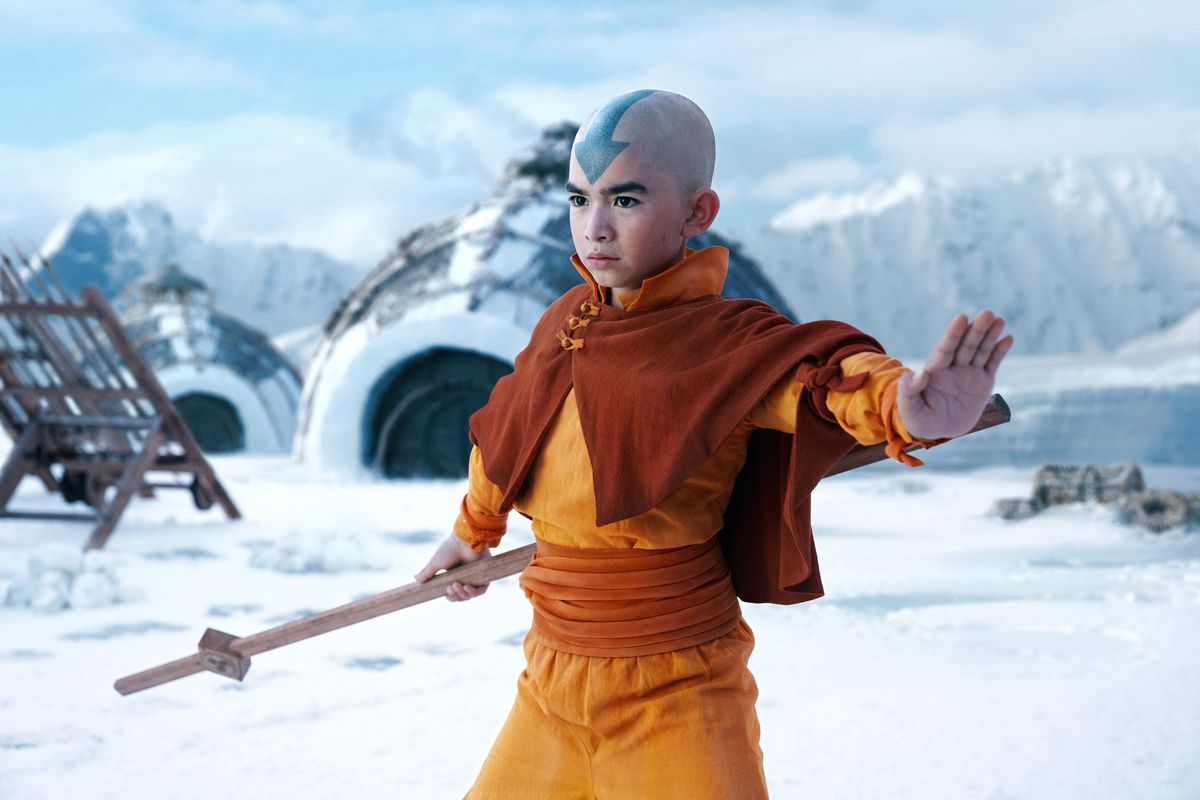
Instead, in the live-action Avatar: The Last Airbender, Aang is made to be fully accepting of his role as avatar by the end of episode one. He doesn’t run away from responsibility but instead leaves to clear his head. It’s a small change but an important one because now there is no character arc for Aang. He doesn’t need to learn responsibility to be a better Avatar because he already is responsible.
Katara is Watered Down
Katara has been greatly subdued. She is not an angry, emotional character in the live-action, but is shown to be either happy, docile, or sad. The only time she displays true anger is when she confronts Master Pakku for refusing to teach her because she’s a girl.
While this is in line with the original Avatar: The Last Airbender and Katara does fight Pakku, it feels undeserved and it’s not as impactful. In the cartoon, Katara is shown growing and improving with each fight. Her character development as a waterbender reaches a point where she challenges the archaic, patriarchal rules of the Northern Water tribe where they don’t allow women to learn waterbending unless it’s for healing. In the live-action, Katara’s growth as a waterbender isn’t as apparent as in the cartoon. The audience isn’t shown, but instead told that Katara has been fighting Fire Nation soldiers since she left home.
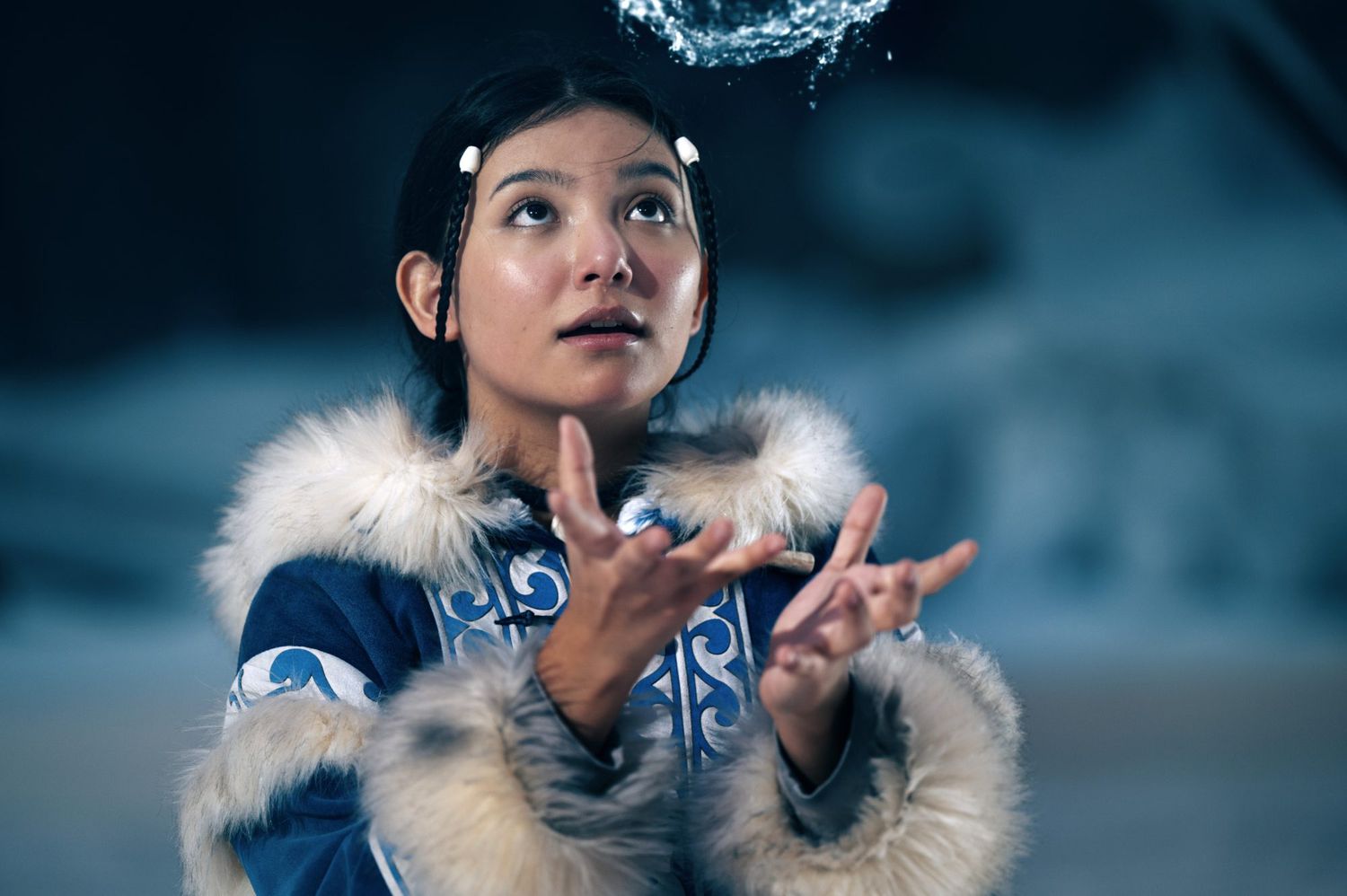
The live-action Avatar: The Last Airbender also changed how Katara is able to progress in her bending. Instead of practicing, focusing, and training, the way one would master any martial arts form, Katara has to connect with herself spiritually — but the death of her mother prevents her from doing so. The addition of Katara’s trauma over her mother’s murder is a good addition. However, making it the primary reason she struggles to make progress instead of a simple lack of skills because she has no one to teach her seems like an unnecessary change.
Katara decides she does not need to learn from Pakku because she is her own master. This change doesn’t make sense, since in both versions Katara acknowledges there is only so much she can learn on her own, and needs a master to teach her. Learning from a master allows her to develop beyond her training and teach Aang.
Sokka Has Daddy Issues
In the original Avatar: The Last Airbender, it’s made clear that Sokka holds his father in high regard. One of Sokka’s desires is to be a brave, strong warrior like his father and the other men in his tribe. Sokka pressures himself because he admires his father and desires to be a great warrior like him.
In the live-action, this is changed to Sokka feeling he is not adequately meeting his father’s expectations, especially after overhearing that he only passed his ice-dodging trials out of pity, not because it was deserved. This moment is also out of character for Hakkoda, Sokka and Katara’s father, since he has always been proud and confident in both his children to be brave and capable people.
This is an odd choice for Sokka as it seems to be added only to give him a sad backstory to face while in the spirit world. Were the intention to give Sokka a harsh reality of his past to deal with, it could have still worked if they left Sokka dealing with the pain of having to stay behind as his father left to fight the war.
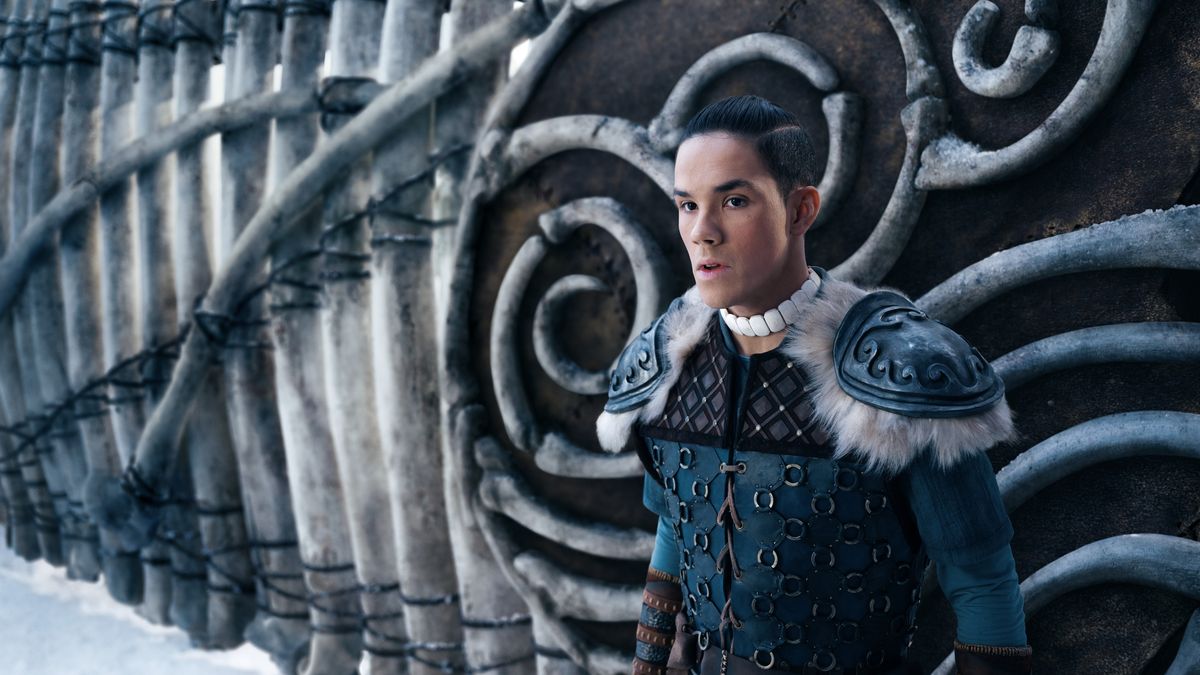
Also, when Sokka meets the mechanist in Omashu he finds a supportive father figure in him and is encouraged to pursue his engineering interests. It is implied that Sokka should choose between being an engineer or a warrior, whereas in the cartoon he is shown capable of doing both. There is also the concern in removing Sokka’s sexism. An interview with Entertainment Weekly revealed that Sokka’s sexism would be removed because it would not translate well to live-action. This concerned fans who believed that removing the sexism would be removing a core element of Sokka. It is worth noting that Sokka’s sexism arc spans four episodes at the beginning of Avatar: The Last Airbender.
However, while a short arc, it was an aspect of Sokka that made sense because he comes from a tiny tribe in the south, and has been given the task of protecting the entire village at a young age. While his father and the rest of the men went off to war, Sokka never left his village and met another person outside the tribe. Needless to say, Sokka being closed-minded and ignorant makes sense. Overcoming these flaws is part of his larger character journey over the series to become the courageous leader and brave man who he always wanted to be. He becomes someone his father would be proud of.
Some Story Changes Were Unnecessary
Episodes from the original Avatar: The Last Airbender (2005-2008) are rearranged, grouped and others outright omitted in the live-action. This is understandable considering additions that were made to the plot and the shorter number of episodes allotted. Going from a 20-episode season to an 8-episode season can be difficult. The live-action hits most of the major plot points and memorable moments from the cartoon are incorporated into the live-action. However, these changes overall impact the plot and character development.
King Bumi Is Not A Mad Genius
Episodes 3 and 4: “Omashu” and “Into the Dark” combine “Omashu,” “The Northern Air Temple,” “Jet,” and “The Cave of Two Lovers” episode from season 2 of Avatar: The Last Airbender (2005-2008).
Bumi has a major character change from the original. In the live-action, he is a dulled and crazy old man who resents Aang for disappearing 100 years ago. Because of the war, Bumi has grown tired and that’s how Fire Nation spies are able to sneak into the city. This is in stark contrast to the cartoon where Bumi is a silly king and Omashu is safe from the Fire Nation. It’s even established in the original that Bumi is the strongest earth bender (at the time) and Omashu only falls in season 2 to the Fire Nation because he allowed it and he is able to take it back later during the eclipse single-handedly.
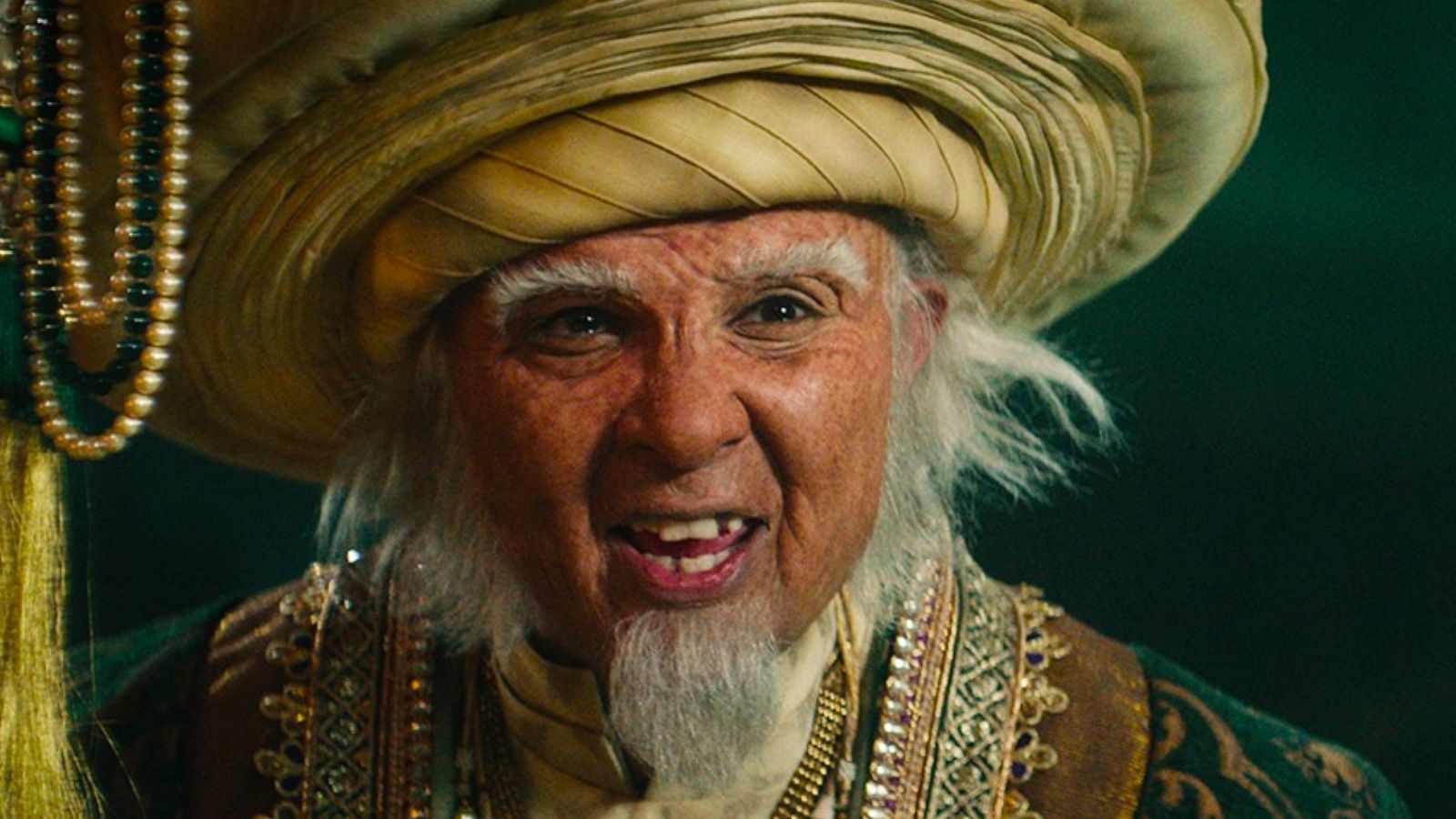
Having Bumi feel negatively towards Aang’s disappearance and keeping his original characterization could have worked in the live-action. They could have extended the reunion after Aang figured out who Bumi was with a discussion of Bumi’s negative feelings about losing his best friend 100 years ago and then dealing with a war coupled with the responsibility of a kingdom. Now he suddenly sees Aang alive, completely unchanged 100 years later. Bumi could have been happy to see Aang while partially resentful because he had to endure the war while Aang didn’t. But despite that, Bumi would want Aang to succeed because he is the beacon of hope the world (and Bumi) needs.
The live-action also poorly incorporates Bumi’s “challenges” since the challenges were for Aang to figure out who Bumi was in the cartoon. In the live-action, they feel forced. Bumi in the original Avatar: The Last Airbender serves as a familiar and comforting connection to Aang’s past life towards the world he used to know. Bumi is wise despite being a crazy “mad genius” and can impart wisdom to Aang on how to proceed with his avatar training.
The Winter Solstice Should Have Remained in the Live-Action
“The Winter Solstice” is a major plot development episode in the original Avatar: The Last Airbender (2005-2008). It is partially included in episode 5 of the live-action. The two-part episode is meant to establish how guilty Aang feels over not being able to help those being hurt by the Fire Nation and that he doesn’t even know how to help because he has no one to guide him in being the avatar. It makes clear how incompetent Aang is for his position but he has the potential to grow and learn.
The lore was changed in the live-action episode to have Katara and Sokka in the spirit world. In the cartoon, Aang is not able to bring others with him to the spirit world. In the live-action, he somehow brings Katara and Sokka with him but it’s not clearly explained how it is possible. This is also when Aang meets Roku who would become his mentor in being the avatar. Roku tells Aang that Sozin’s Comet will return by the end of the summer and will be used by Ozai to end the war. This gives Aang a sense of urgency and drives him to go to the North Pole to find a waterbending master.
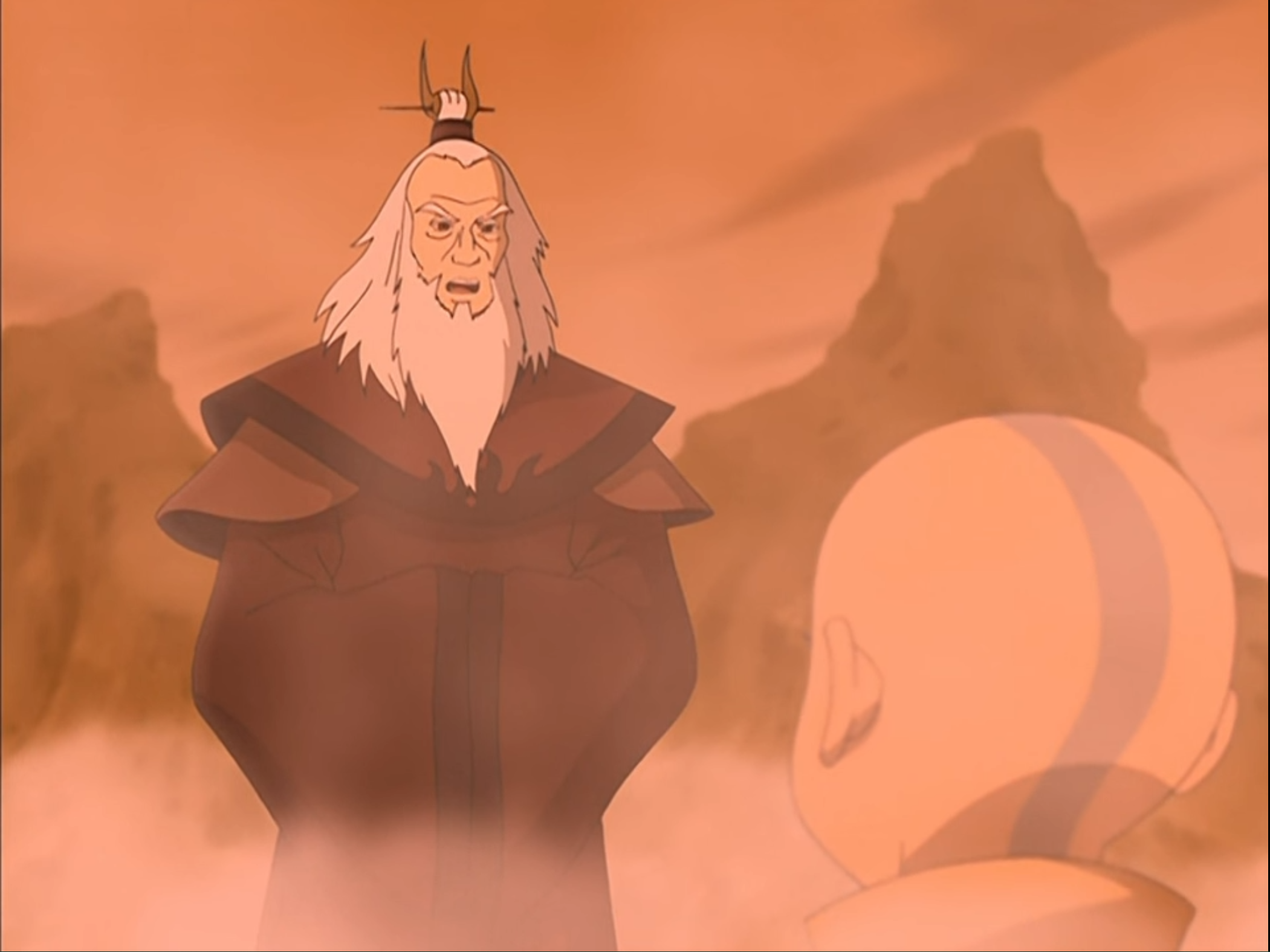
This is unnecessarily changed in the live-action Avatar: The Last Airbender where Kyoshi gives Aang a vision of the future of the North Pole in trouble, becoming his driving force for the season. The live-action also does not have Aang waterbend throughout the season but rather gives Katara pep-talks as she continues in her training.
The Live-Action Needed A Storm
“The Storm” is a crucial, overlooked episode. Parts were combined with episodes 5 and 6 of the live-action with Zuko’s story and Aang’s story was used in the first episode of the live-action series.
The episode draws parallels between Aang and Zuko to show they are both troubled by their past. Aang feels immense guilt over the genocide of his people and he blames himself for not being there when the war started. He has not yet reconciled with these feelings and this episode helps him realize he cannot change the past. He learns that, instead, he provides hope for people now and can make a difference in the present.
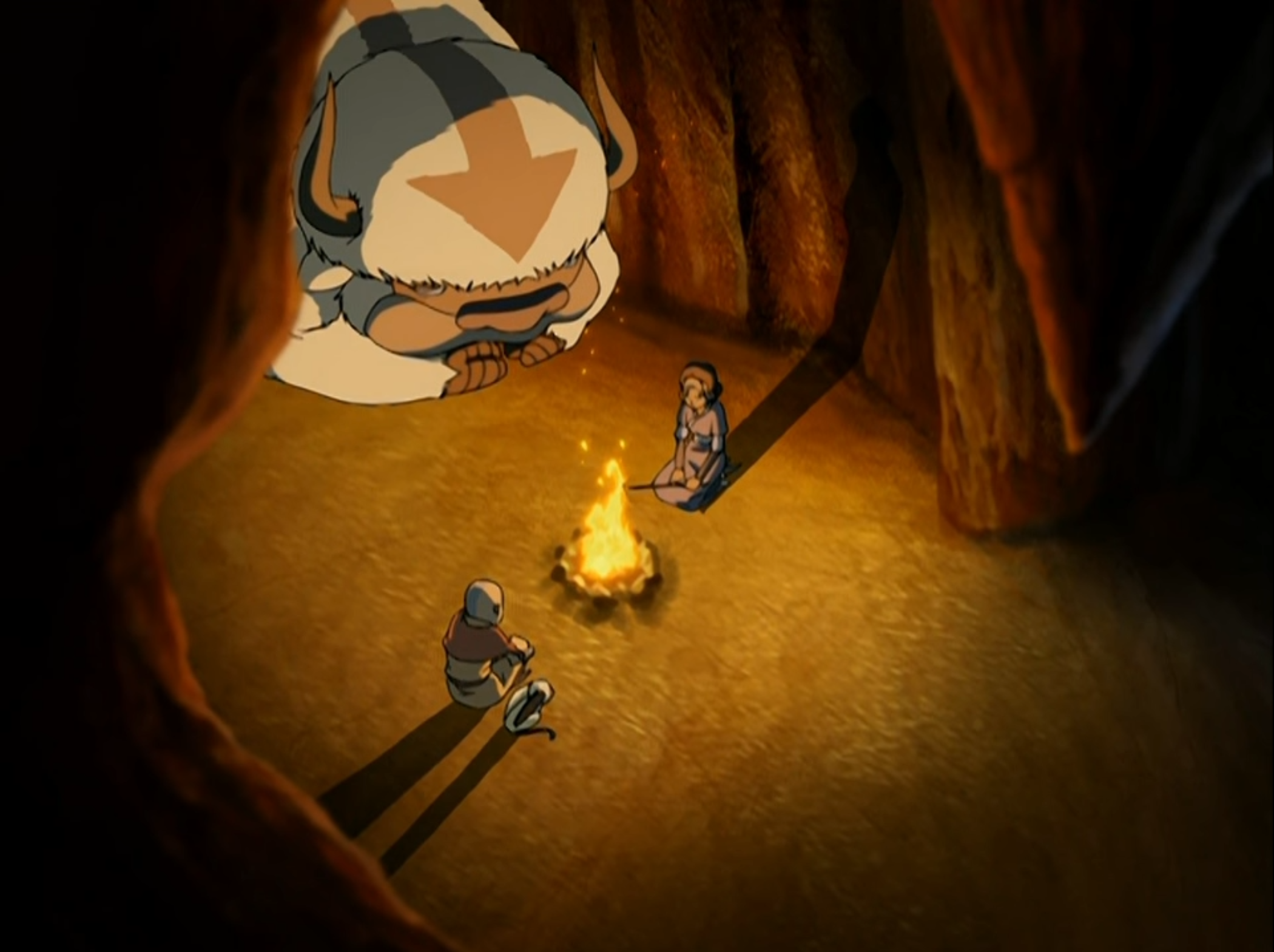
The live-action Avatar: The Last Airbender mostly interpreted and expanded on Zuko’s backstory well. The extension of what led to his banishment as well as his crew being the 41st division was a welcomed addition. This also gave Zuko’s crew more depth. What felt like an unnecessary change was Zuko’s reason for banishment. In the original story, Zuko is punished for speaking against a general in Ozai’s war room. In the live-action, Zuko is punished for speaking out against Ozai himself.
The live-action agni Kai was good, but what could have made it better and driven home the point of Ozai’s cruelty was if they had Zuko begging to not fight as Ozai continued to attack, thus giving more impact when Ozai ultimately burned Zuko for his disrespect.
Jeong Jeong Was Greatly Missed
“The Deserter” is an important character development episode completely removed from the live-action Avatar: The Last Airbender. In this episode, Aang realizes he is too impatient and cavalier about learning the elements. He does not have a healthy fear and understanding of the destructive nature of the elements or his own power, a point that his first firebending teacher, Jeong Jeong, tries to make. This episode serves to make Aang realize his own strength and give him a fear of his own firebending abilities after burning Katara.
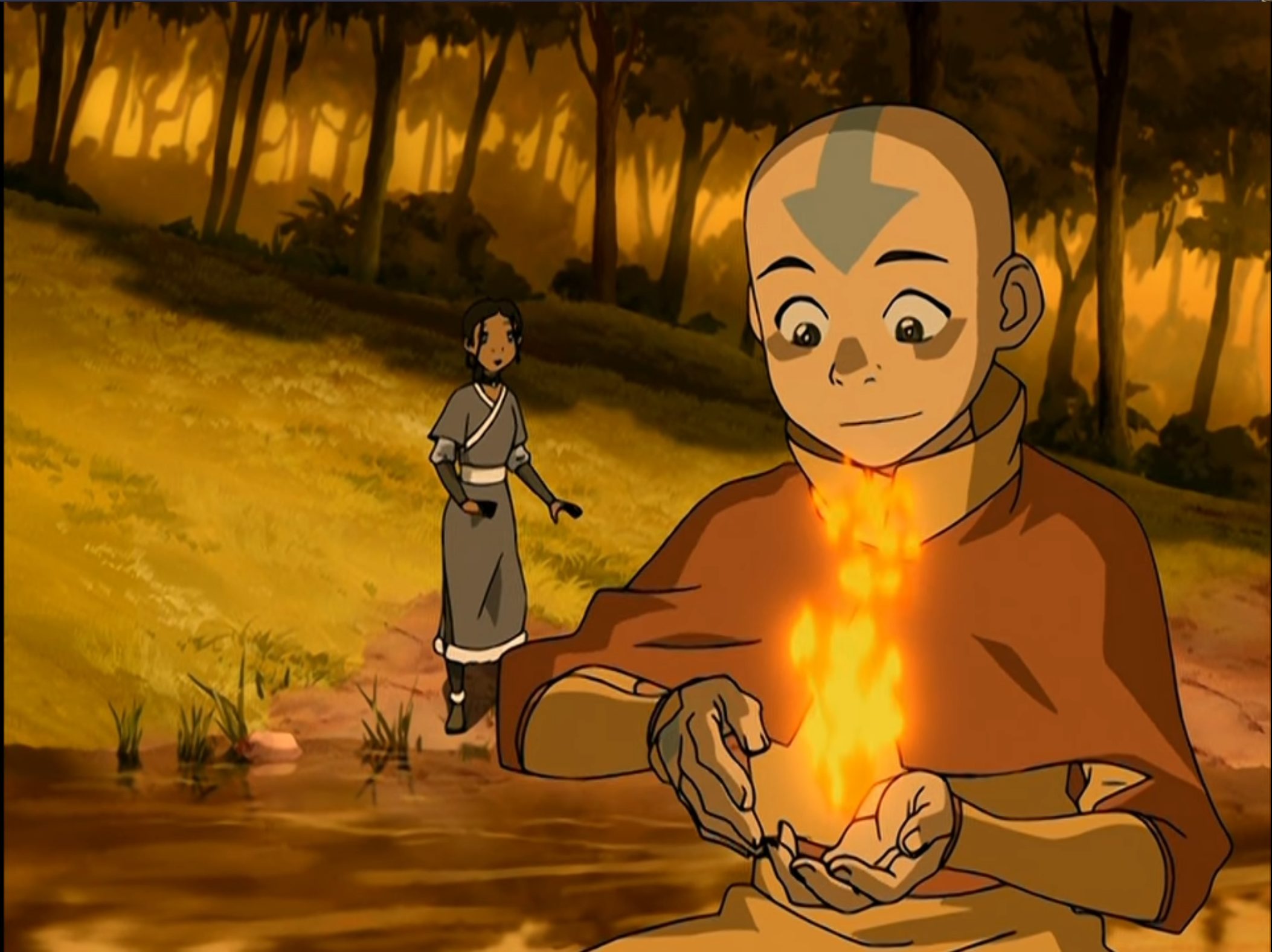
Katara also learns she has healing abilities, making her a fighter and healer of the group. In the live-action, this is omitted and Katara even goes so far as to refuse to learn how to heal because
“it’s not right for women to not be able to fight.”
This is the live-action’s poor interpretation of feminism and falls short in developing a fully-rounded character. Healing is just as important as being able to fight and Katara proves this multiple times in the original Avatar: The Last Airbender. Unfortunately, the live-action has her bring the healers into the fight as a weak girlboss moment when it would have made sense to keep the healers (who do not have combat training) behind the front lines to heal injured soldiers.
Katara’s Necklace Needed To Be Centered More
One of the most important and recognizable things about Katara is her mother’s necklace. It was the last thing she had of her and it was a source of comfort. It is also culturally significant because it was a betrothal necklace carved for Katara’s grandmother. While the necklace is included in the costume design, it is never given attention in the live-action. This in turn has an impact on the outcome of later events.
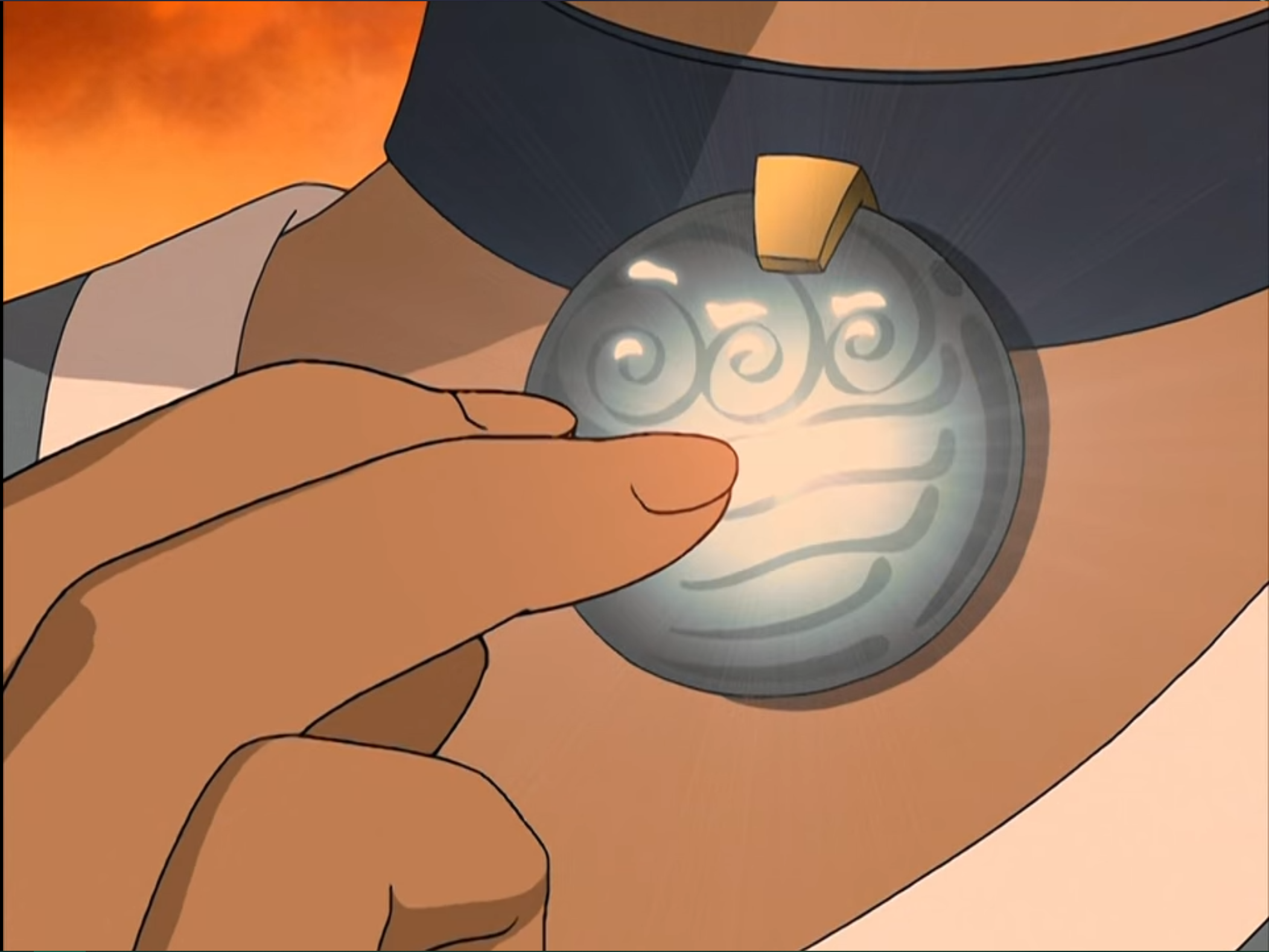
In the original Avatar: The Last Airbender, the necklace is linked to Katara’s fight with Pakku. Master Pakku is shown to fully believe in the Northern Water tribe’s rules against women fighting. He’s patronizing to Katara because of these reasons. Since it has been shown that Katara is a capable fighter and has grown throughout the season, the audience feels her anger when she challenges Pakku because the audience knows Pakku is wrong. Even though Katara loses the fight, Pakku acknowledges her skill but refuses to teach her because she is a girl.
What changes his mind is not Katara saying she doesn’t need a master as in the live-action, but Katara explaining that her grandmother, his betrothed (to whom he gave Katara’s necklace originally) left him because she didn’t want to be bound to the restrictive rules of their tribe. Only then does Pakku realize that the rules are harmful. Since Katara has proven herself capable, he allows her to be his student. By not giving importance to the necklace, the live-action Avatar: The Last Airbender removes the nuance of Katara’s fight with Pakku.
Avatar Roku Was Grossly Underutilized
Avatar Roku is a key element in Aang’s journey to becoming the avatar. At the original Avatar: The Last Airbender, Roku was Aang’s mentor. Roku’s importance is linked to the fact that he is heavily connected to the start of the war and through Aang he can help bring an end to what he failed to prevent over 100 years prior. He and Aang establish a relationship in the “Winter Solstice” episode and their relationship slowly develops over the series. The live-action on the other hand decided to include the other avatars in Aang’s journey, all who tell him how he needs to act as the avatar and don’t necessarily guide him.
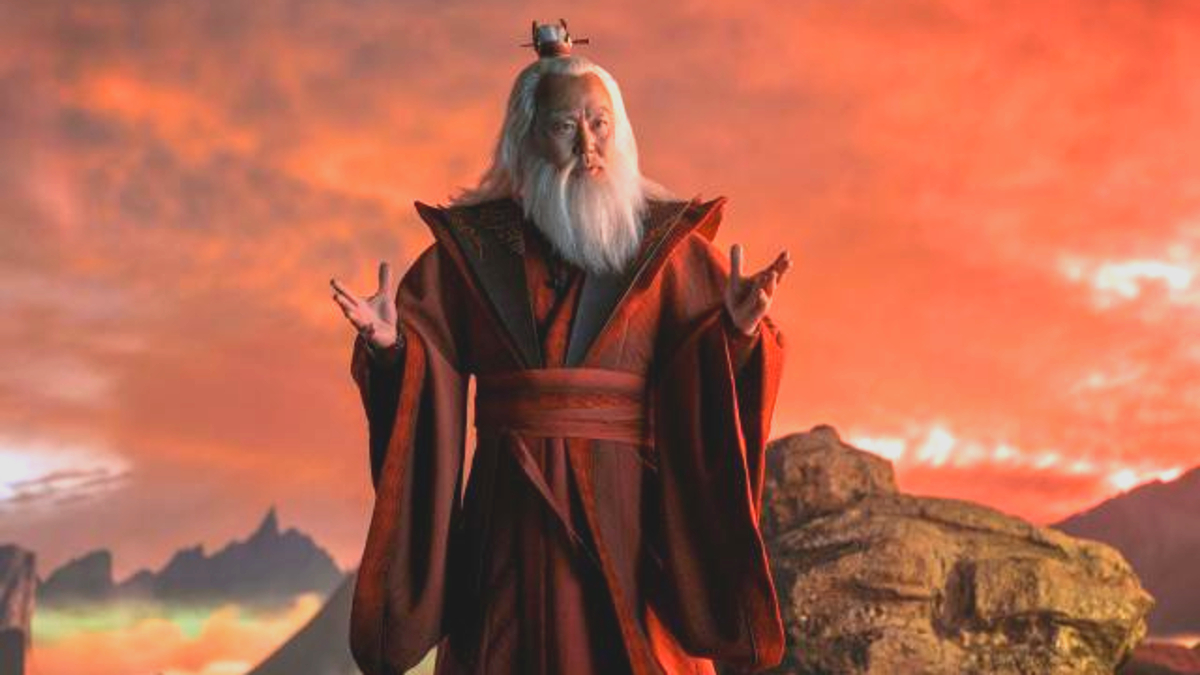
It feels like an unnecessary addition that could have worked if they included Avatar Yangchen. She was the airbender avatar before Aang whom the live-action pointed out but never utilized. This was an odd choice because she could have been Aang’s direct connection to his people and could have worked as a central mentor figure to him.
Avatar: The Last Airbender (2024-) Close But No Cabbages
The live-action Avatar: The Last Airbender made a valiant effort in attempting to portray the original cartoon. The casting was spot on and the visual effects were beautiful. Where it falls short is the writing and character development. There were unnecessary changes to the plot which ultimately impacted the character development and pacing of the story.
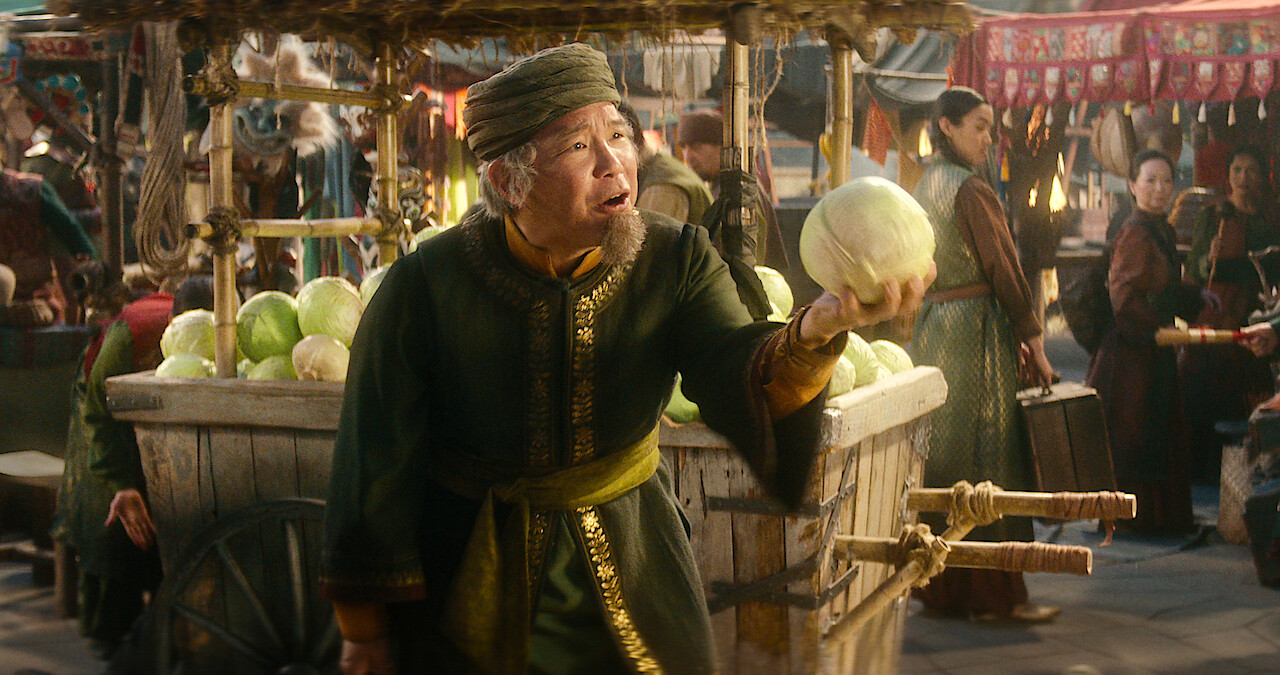
Ultimately with another lackluster installment in Netflix’s live-action adaptation library, there is the question of why live-action seems to be regarded as a more “mature” and “serious” medium of story-telling, especially in topics regarding war and death, as opposed to animation. In comparing the live-action Avatar: The Last Airbender with the original cartoon, the cartoon does a much better job of subtly depicting the effects of war on the world and the main characters whereas the live-action feels the need to verbally tells the audience that war is bad and the characters hurt. In terms of storytelling and character development, the live-action doesn’t compare.
Footnotes
- 1Pollacco, Laura. ‘Avatar: the Last Airbender’: The Real Life Martial Arts Styles in Each Bending Style. The Mary Sue. 2024, February, 6.
